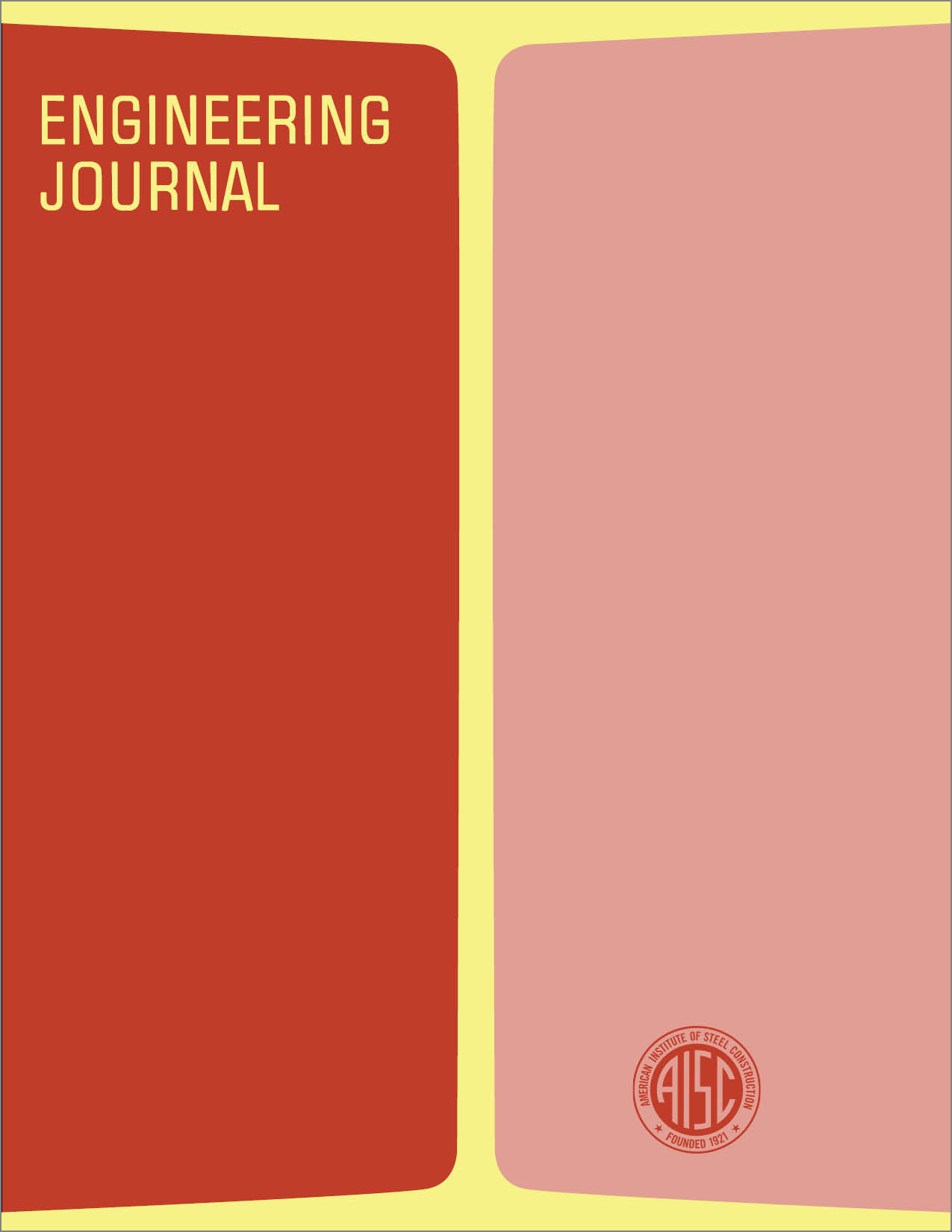Lessons from Crane Runways
DOI:
https://doi.org/10.62913/engj.v2i1.22Abstract
Many engineers consider the design of a mill building to be 90 percent judgment and 10 percent perspiration. While the exact percentages are debatable, there is little question that judgment forms an important part of the design of such structures, particularly with regard to basic load assumptions and the evaluation of "indeterminates"—those mathematical problems with too many variables for exact solution. Some of the questions that must be resolved by the designer are: How many cranes can be expected to operate simultaneously in the general vicinity of a particular column? How often, if ever, will all cranes pick up their maximum loads with the trolleys adjacent to the column? What lateral thrusting forces can occur simultaneously? What allowance should be made for impact? Would the plant be in operation when there is maximum snow load on the roof? How stiff is the variable stiffness truss? How much resistance to rotation will the foundation afford?

